 Static Earthing Protection for Vacuum Tankers
Static Earthing Protection for Vacuum Tankers
Vacuum tankers provide a wide range of services to the hazardous process industries, ranging from storage tank cleaning to the recovery of combustible materials resulting from leaks and spills. A key feature of this type of service is the recovery of materials in locations with potentially combustible atmospheres.
Static electricity is a well-known ignition source within the hazardous process industries and because the (Read More)

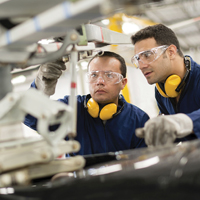

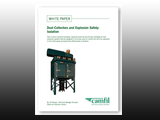 By Ulf Persson, Technical Manager (Europe), Camfil Air Pollution Control
By Ulf Persson, Technical Manager (Europe), Camfil Air Pollution Control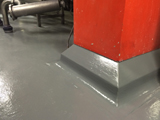 A leading pharmaceutical company in Maidenhead was experiencing severe chemical attack on a pressure pot room floor. The originally applied polyurethane protective coating on the steel/aluminum checker plate floor had failed due to the spillage of flavour oils and the use of caustic soda to clean the room two to three times a day.
A leading pharmaceutical company in Maidenhead was experiencing severe chemical attack on a pressure pot room floor. The originally applied polyurethane protective coating on the steel/aluminum checker plate floor had failed due to the spillage of flavour oils and the use of caustic soda to clean the room two to three times a day.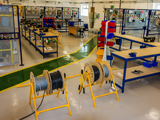 When millions of pounds worth of facility, equipment and production is reliant on the competency of the staff in that environment, it is fair to ask the question, actually how competent is ‘competent’ and what does that mean for potentially explosive environments?
When millions of pounds worth of facility, equipment and production is reliant on the competency of the staff in that environment, it is fair to ask the question, actually how competent is ‘competent’ and what does that mean for potentially explosive environments?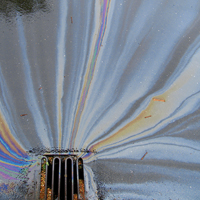
 Introduction
Introduction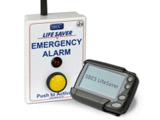 Peter Swan, MD of SBES, examines an often-overlooked issue
Peter Swan, MD of SBES, examines an often-overlooked issue